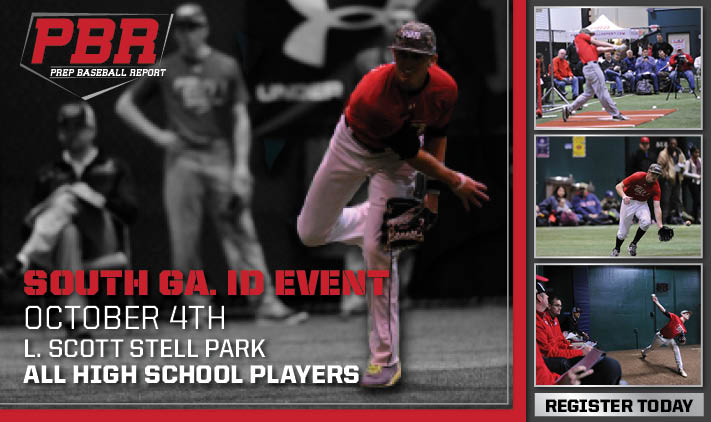Behind the Radar: Shortstops
September 18, 2014
Prep Baseball Report Florida sat down with an AL East International Scout to get insight into what he looks for when scouting a shortstop in our first installment of "Behind the Radar."
PBR: Please give us some background information on yourself
Scout: Former NCAA Division 1 athlete; never played pro ball; one season working for a MiLB front office; two seasons as a Director of Baseball Operations for an NCAA Division 1 team; three years in player development; and now one year as an AL East international scout.
PBR: Speak about tools you look for when scouting a SS and any non-essential tools or order of importance on tools for a SS?
Scout: All tools are essential and act as separators when players ascend to AAA or MLB. Range and athleticism (particularly footwork and soft hands) are most important to me when I see a shortstop. Arm strength is also key, but at the teenage level throw accuracy is more important – because strength & power are always the last tools to fully develop. Game instincts develop late too, because “instincts” are really just learned behavior acquired after thousands of game repetitions.
PBR: Please elaborate on things that are not related to a player’s tools that you look for in a SS?
Scout: I’ve seen a lot of talented jerks not make the big leagues, and I’ve seen a lot of nice guys with top-notch work ethic and fringy tools make the big leagues. It takes hustle, work ethic, determination, and talent to be major-leaguer. I never sign a kid that has an attitude problem or is lazy. Why? Because pro baseball is incredibly difficult. It’s a daily grind, and you can’t let yourself get too high or too low emotionally. Also, you have to be able to rely on and trust all your teammates and coaches if you ever hope to grow and win. Generally speaking, highly competitive and achievement-oriented players are desirable, because you know they’ll always give it 100%. A little bit of swagger is a good thing; too much swagger indicates the player doesn’t have a realistic sense of how hard this game is and how good its best players truly are.
PBR: What are some ideal measurements of a SS?
Scout: For me, it’s more about proportions. I like gazelles at SS. I want a lanky and rangy guy that glides across the dirt. Ballet dancer with a cannon arm. Long limbs tend to get to balls easier. Long fingers tend to generate more zip on throws across the diamond. Lots of infielders started as SS and “outgrew” the position. No shame in sliding to 2B or 3B.
PBR: Please give us a story relating to scouting a SS, whether it be the player you were high that didn’t pan out, and explain why or the opposite the player you were low on that exceeded “Future” grades.
Scout: Most players won’t live up to their future grades, because -- quite frankly -- most human beings don’t live up to their full potential. Life is hard. Baseball is hard. It takes a lot of skill, determination, and (most importantly) luck to reach your full potential. That’s exactly why young players should learn to allow failure to further motivate them. We all fail. The successful ballplayers (and people) are the ones that take the failure and learn from it. Dust yourself off and be better tomorrow. Darwin Barney and Eric Sogard are undersized players that “played beyond themselves” due to tenacity and work ethic. Mike Morse was originally a SS…12 years later he was slugging 29-year old 1B for the Nationals that hit 30 HR, 36 2B, and 95 RBI! When 5 years before that, he was “washed up former SS” and playing OF in the Mariners system. Some guys develop late. Some guys grow and morph into different types of ballplayers at different positions. For me, the universal element is tenacity and work ethic. Life (and baseball) are roller coaster rides; admitting that enjoying the journey are key to managing the emotional and mental part of the game.

